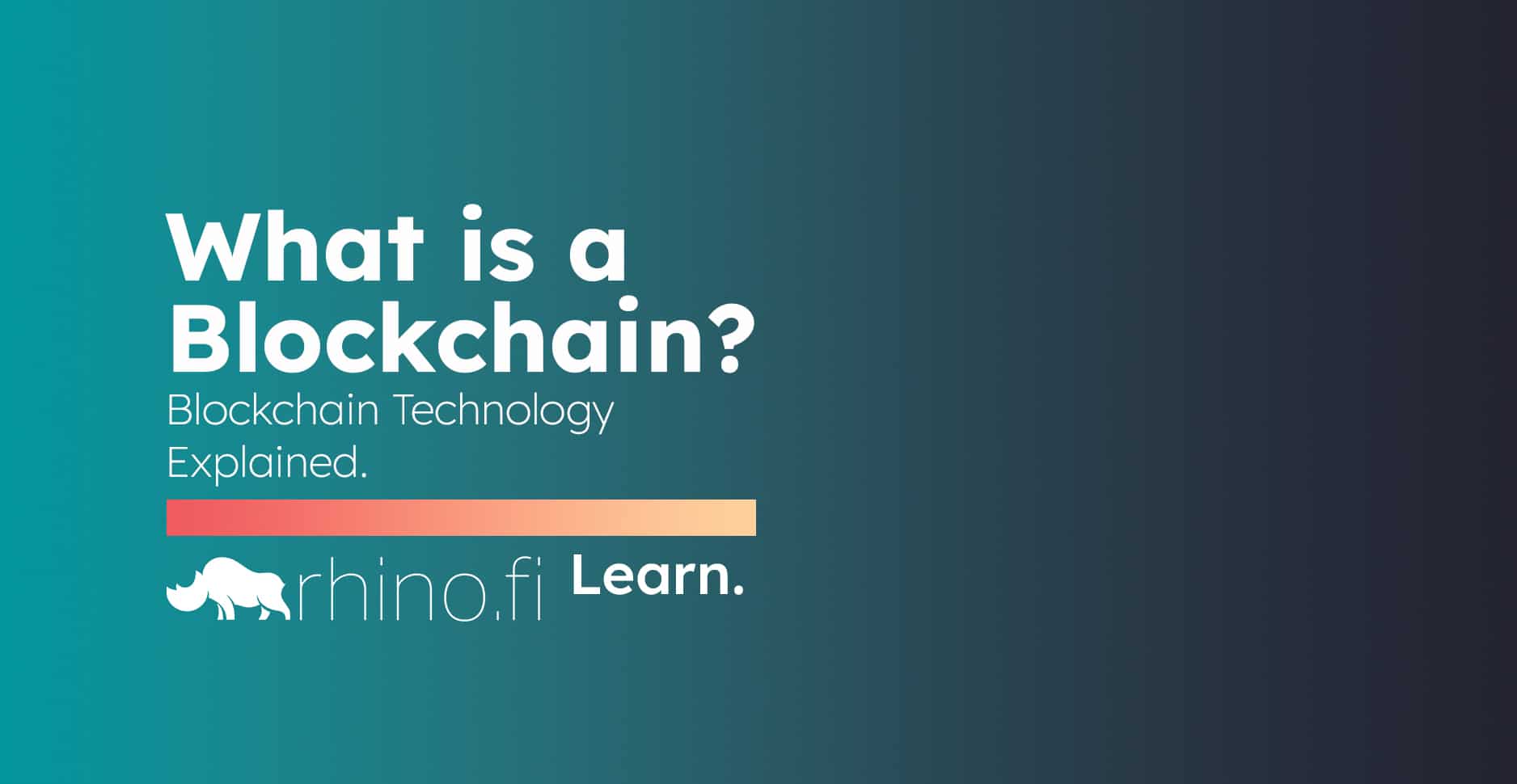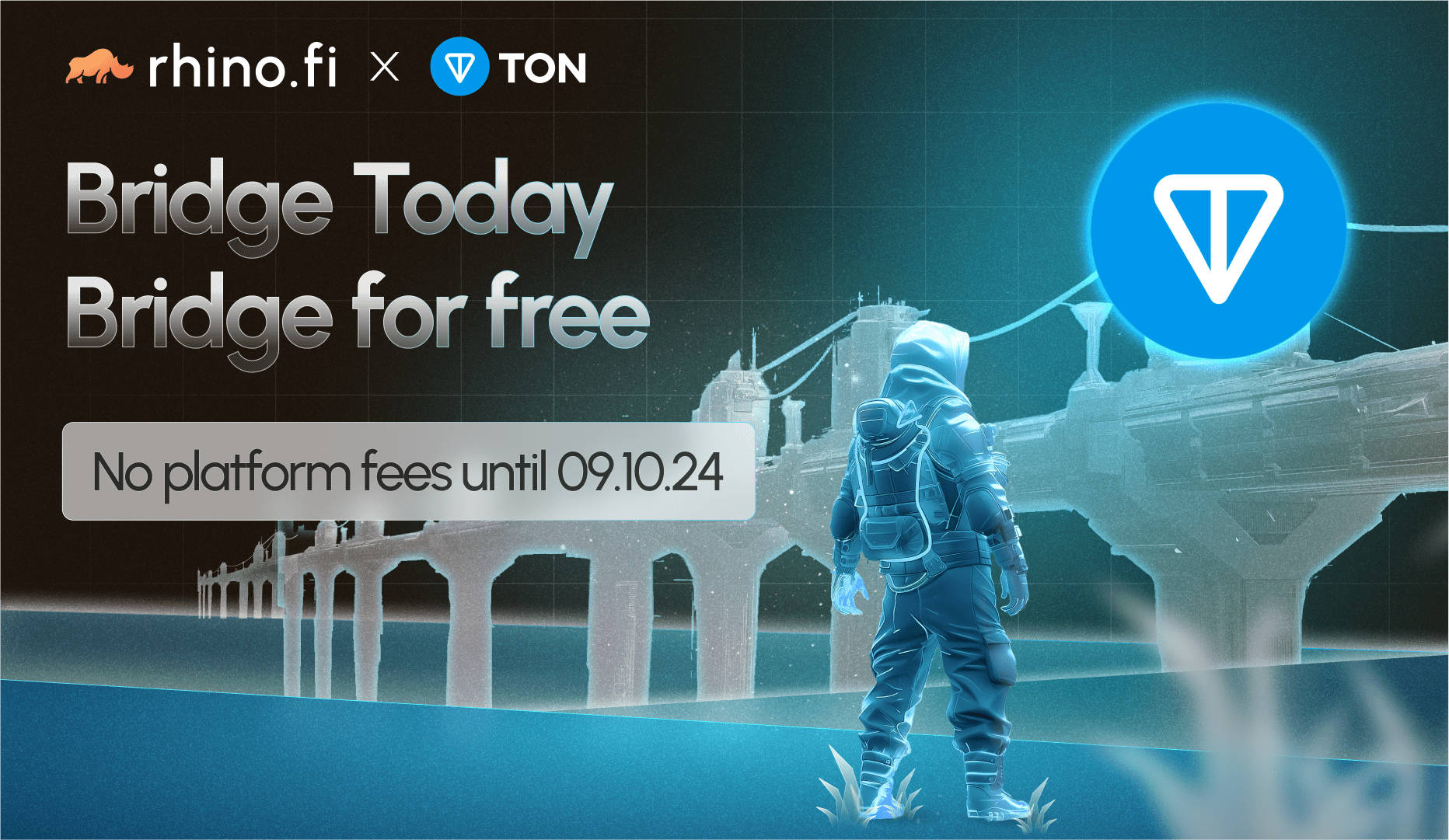Blockchains underpin many of the world’s most popular cryptocurrencies, and in fact they provide a basis for the entire crypto universe.
These chains are built on fair, transparent and democratic technology, and crucially they don’t need a central person or authority to oversee them. This means they have all kinds of use cases that stretch way beyond crypto.
However the internet is littered with myths and misconceptions about what a blockchain actually is, so in this edition of RhinoLearn we’re going to give you a very clear overview. Enjoy!
How blockchains work
A blockchain is essentially a ledger (or record-keeping system) that is shared among lots of different computers.
Each of these computers runs the same programme and, together, they form a network. This network is anchored by a single, common database, known as a blockchain. The database maintains a record of all transactions on the network and is visible to every single member.
As the name would suggest, the database is arranged in a chain, which is made up of small chunks of data, known as blocks. At periodic intervals, a new block is chained onto the previous one, so the chain keeps expanding in response to user activity.
Crucially, the blockchain is totally decentralised: there’s no single person, or entity, in charge of updating the database. So, every time a new block is added, it has to be endorsed by the entire community.
How do blockchains achieve decentralisation?
Here’s where another popular crypto term comes in: mining. You’ve probably heard this term before, but may not know exactly what it means.
A miner is a person who takes responsibility for adding new blocks to the blockchain, and receives rewards for doing so.
First, when a certain number of transactions are reached, they are grouped together and prepared for submission as a single block. If you think of an old-fashioned accounting spreadsheet, it would be like reaching the end of a page and then processing all the records en masse.
Once the transactions have been grouped together, they are ready to be mined.
Each different blockchain has its own way of selecting the miner. Ethereum, for example, has until now relied on a method known as Proof of Work, where individual users race to solve a complex cryptographic puzzle. Once a user ‘wins’ the race, they are able to mine the new block.
Another popular method is known as Proof of Stake, which Ethereum will soon adopt as part of its ‘2.0’ update. In this case, community members have to stake a considerable amount of digital currency for the right to become a ‘validator’ (essentially, the same as a miner). These validators are then selected at random every time a block needs to be created.
Once each new block has been mined, it is put to the entire community for approval. A consensus is needed before the block can be added: in other words, at least 51% of the computers in the network must endorse the creation.
Miners (or validators) typically face penalties for malpractice. In the case of Proof of Stake, for example, a validator can lose their entire stake if they attempt to abuse their power. These penalties serve as a further security check, guaranteeing that no-one tries to game the system.
Everything is totally transparent. As a member of the blockchain, you can view every single transaction using either a node (which is running the code for the network) or you can use a blockchain explorer, which gives you a live and historical view of all activity.
What are blockchains used for?
The most famous use case for blockchains is the creation and hosting of digital currencies. Ethereum and Bitcoin are just two of many different tokens built on their own dedicated blockchains.
However blockchains have a range of other functions, too. Many of today’s chains are also used to host applications like games, forums and trading exchanges: Ethereum, for example, supports an entire ecosystem of apps, as well as hosting its own token.
Over time, it is expected that blockchains will be used to support all kinds of transactions. Mortgages, wills, medical records, administrative documents… all of them can be exchanged in a fair, free and trustless way, using blockchain technology.
What’s more, we’re seeing a growing trend towards cross-blockchain interoperability. In other words, blockchains are increasingly able to talk to one another.
Up until now, each blockchain has essentially been an island, with its own rules of operation. Now, however, we’re seeing chains being linked together with bridges and integrations, creating multi-chain ecosystems which enable users to jump from one to another.
So, in summary:
- Blockchains are decentralised databases that allow computers to interact on a shared network.
- A blockchain maintains a record of all transactions on a network, and this record is visible to all members.
- Blockchains are fair, transparent and democratic, and they don’t need an intermediary to oversee them.
- The method of updating a blockchain varies from one case to the next.
- Blockchain’s use cases are extremely varied and stretch way beyond digital currencies.
- With the advent of multi-chain technology, these use cases are only increasing.
If you enjoyed this edition of RhinoLearn, check out our explainer on decentralised finance, or DeFi, and see how blockchain technology is being used to create a fairer financial system.





